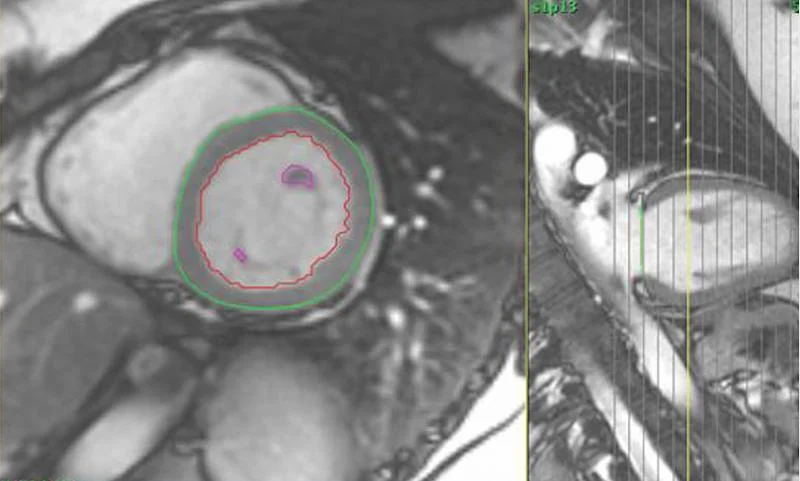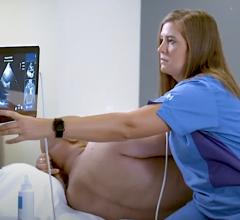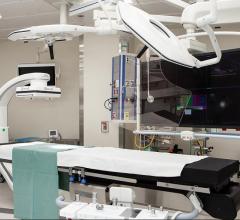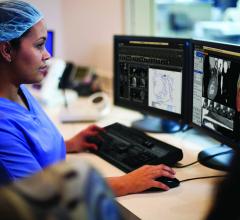November 6, 2020 — The Society of Cardiovascular Computed Tomography (SCCT) has released a new training guideline, Train ...
Cardiac Imaging
The cardiac imaging channel includes the modalities of computed tomography (CT), cardiac ultrasound (echocardiography), magnetic resonance imaging (MRI), nuclear imaging (PET and SPECT), and angiography.
More than a decade ago, there was an alarming, rapid rise in ionizing radiation exposure in the U.S. population that was ...

October 29, 2020 — Contrast agents used to improve views of the heart on magnetic resonance imaging (MRI) carry a very ...
Cardiac positron emission tomography (PET) is growing in popularity among cardiologists because it provides the ability ...
October 28, 2020 — Northwestern Memorial Hospital is the first hospital in the United States to purchase Caption Health ...

October 27, 2020 – Magnetic resonance imaging (MRI) examinations can be safely performed in patients with non-MR ...
October 22, 2020 – In the FORECAST randomized clinical trial, the use of fractional flow reserve (FFR) derived from ...
As medical advancements continue to push the boundaries of what is possible in the field of structural heart ...
October 13, 2020 — GE Healthcare announced U.S. FDA 510k clearance for its Ultra Edition package on Vivid cardiovascular ...

For all the changes in medicine there are some things that seem resolutely stable. Chief among these is the idea that ...
October 8, 2020 – Butterfly Network Inc. is launching its next-generation Butterfly iQ+ point-of-care-ultrasound (POCUS) ...
Discover the key features of cardiovascular structured reporting that drive adoption, including automated data flow, EHR ...
September 30, 2020 — Siemens Healthineers has introduced a new version of its c.cam dedicated cardiac nuclear medicine ...
The dynamics of our world are changing rapidly. Cardiologists are being challenged to complete documentation in an ...
October 2, 2020 — The new cardiac hybrid operating room (OR) at London Health Sciences Centre (LHSC) in London, Ontario ...
Cardiologists need information from multiple sources to make accurate diagnoses and plan interventional therapies. The ...
October 1, 2020 — The U.S. Food and Drug Administration (FDA) granted 510(k) clearance for the SentiAR CommandEP system ...

October 1, 2020 — Here is the list of the most popular content on the Diagnostic and Interventional Cardiology (DAIC) ...

The number of Federal Drug Administration (FDA)-approved AI-based algorithms is significant and has grown at a steady ...


 November 09, 2020
November 09, 2020











